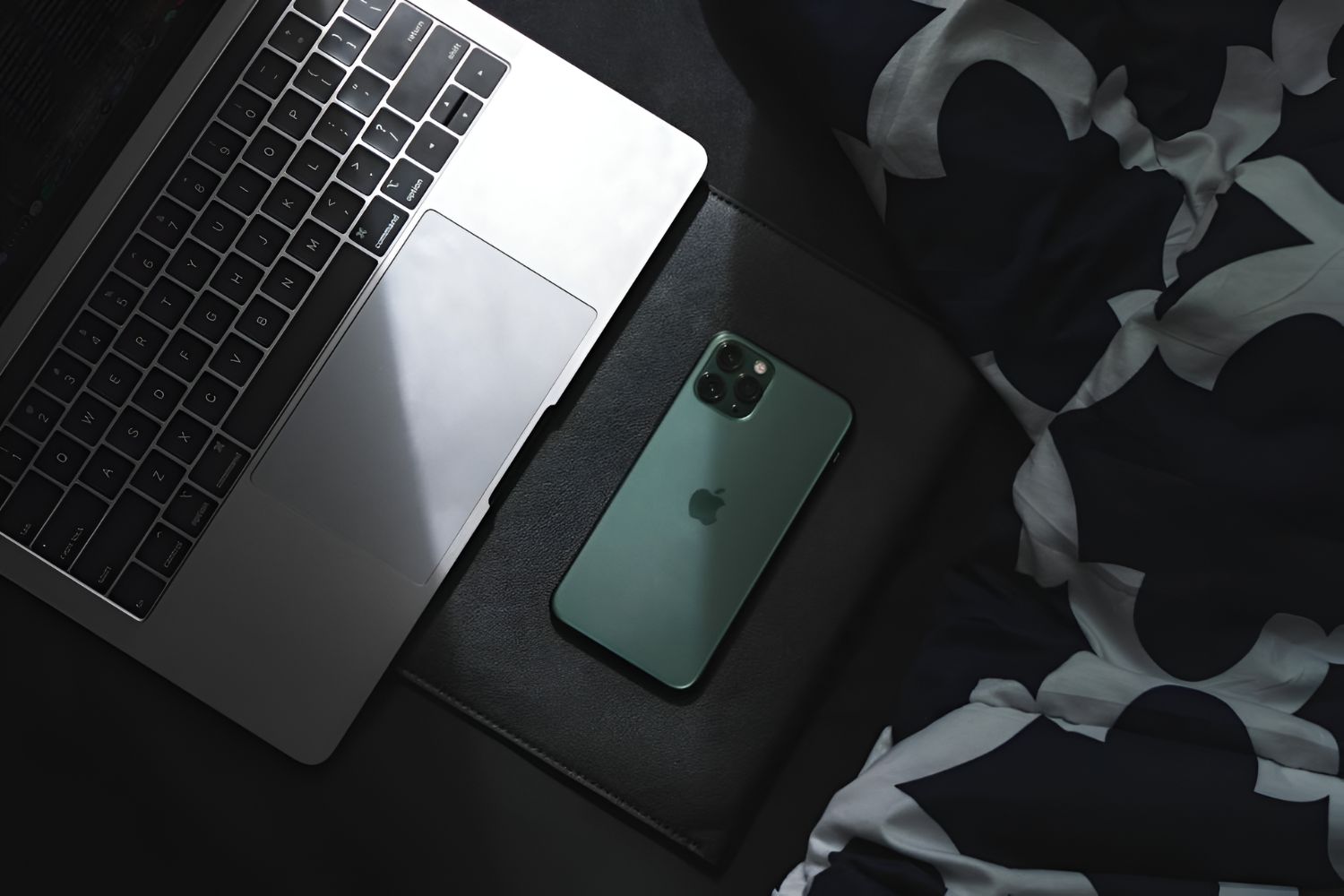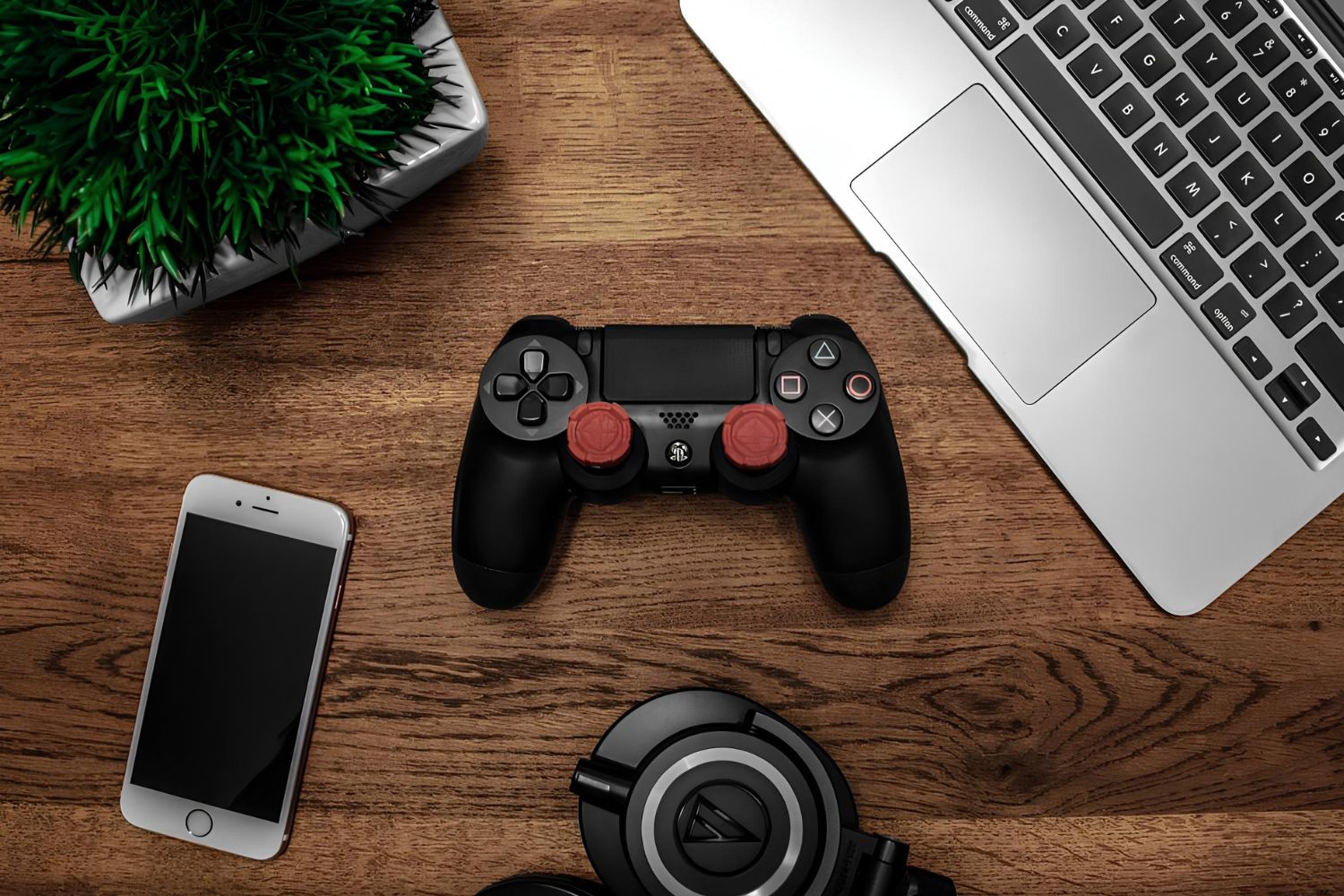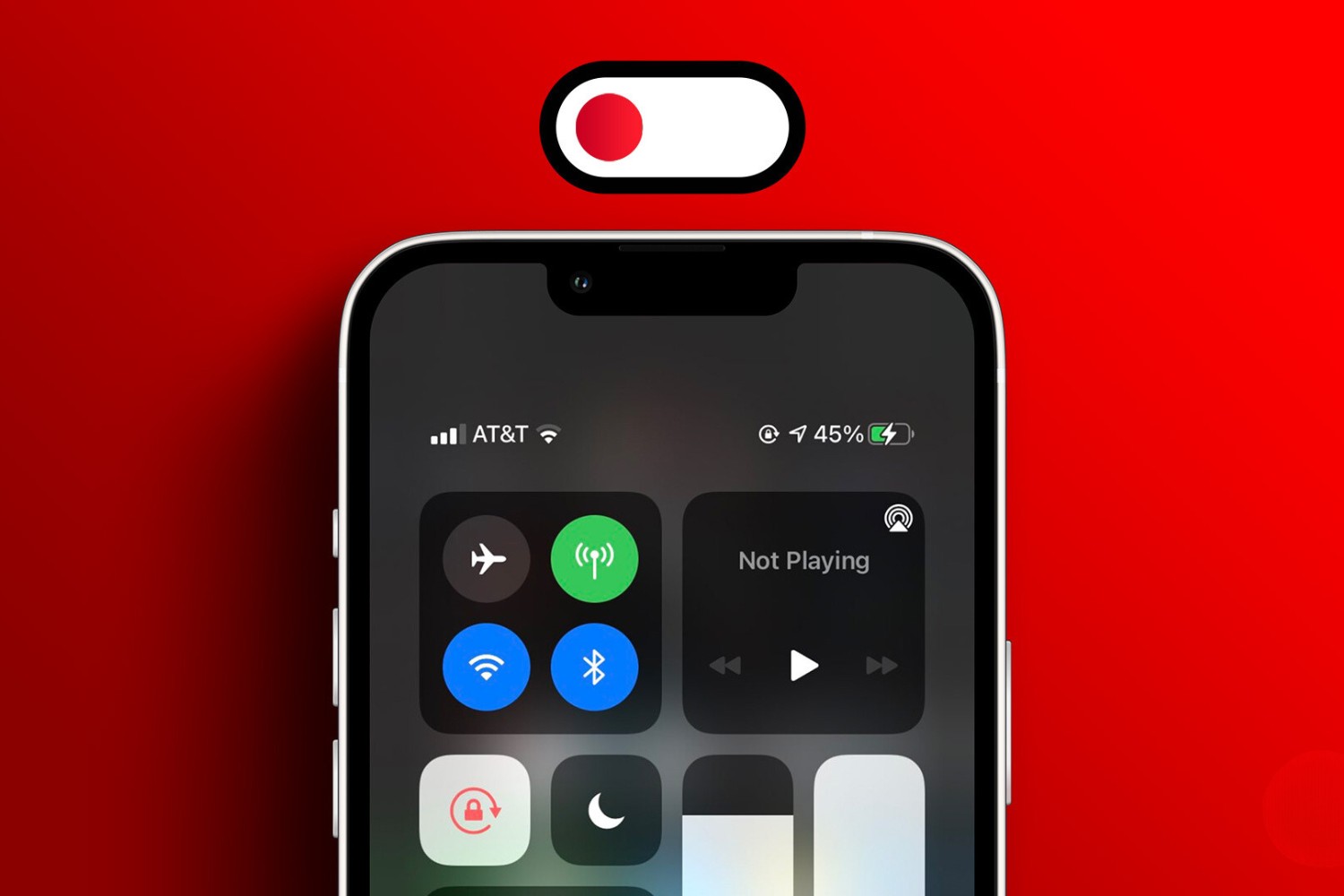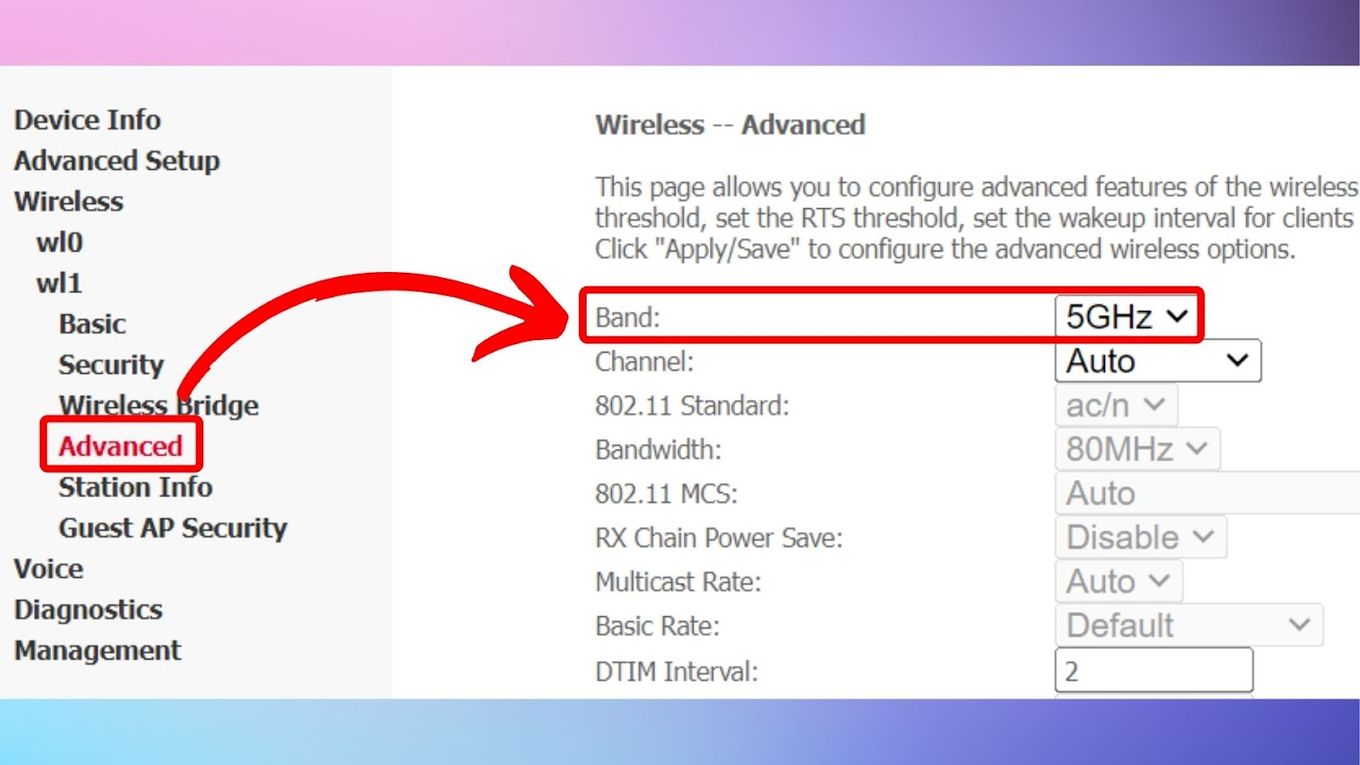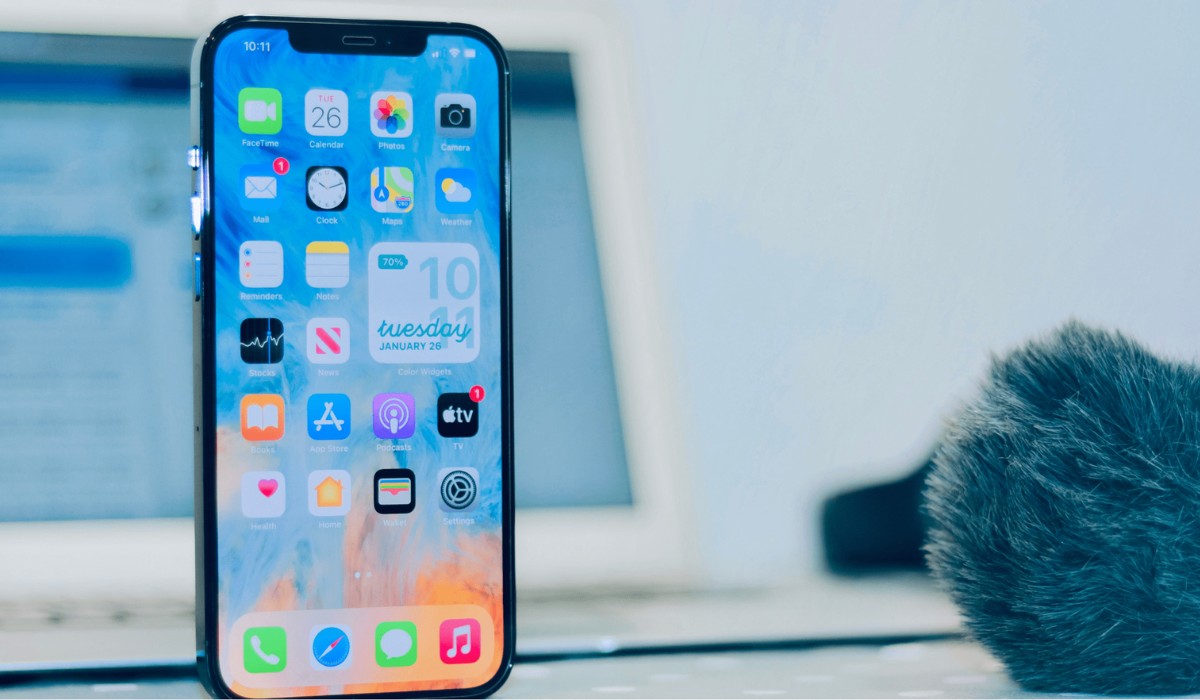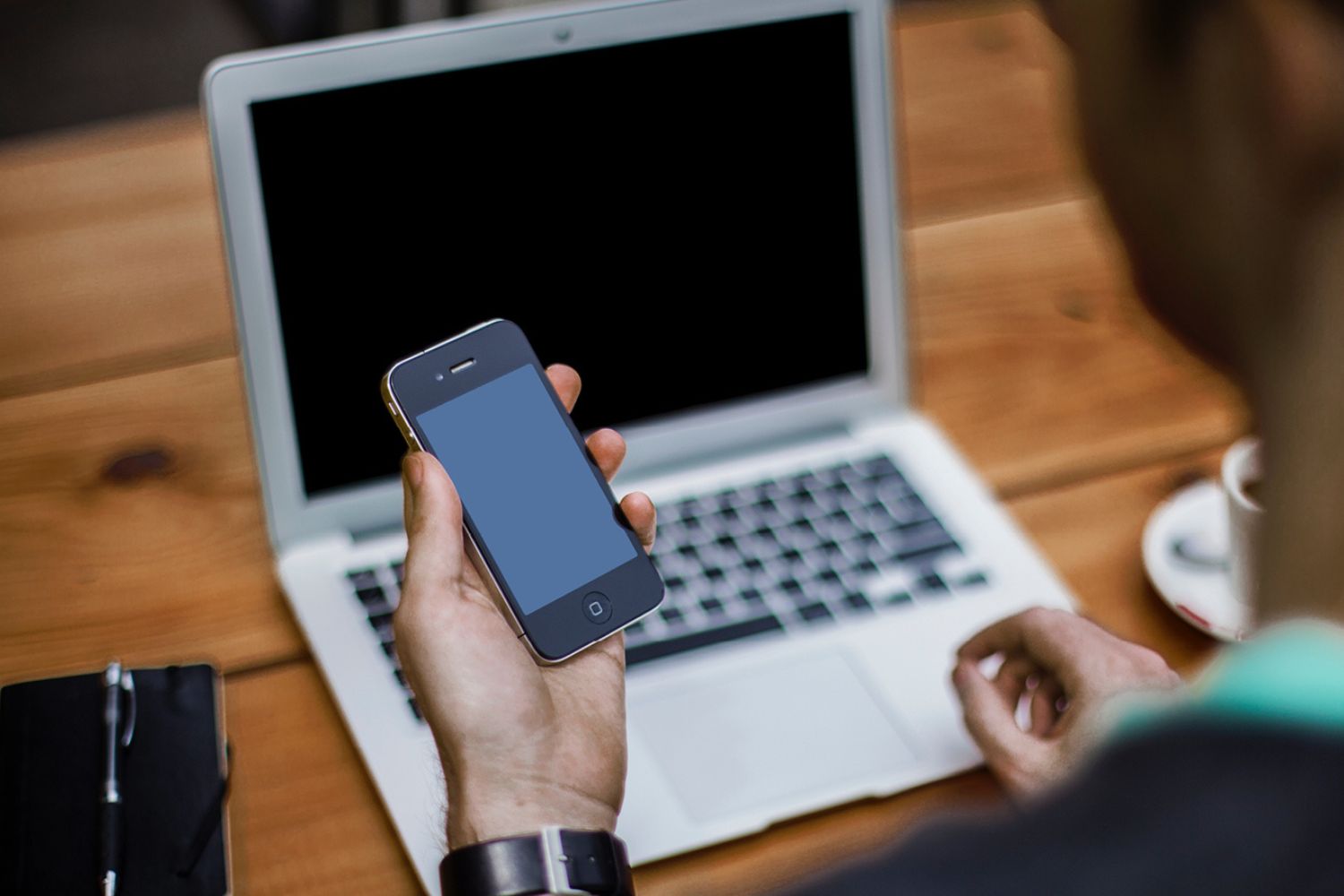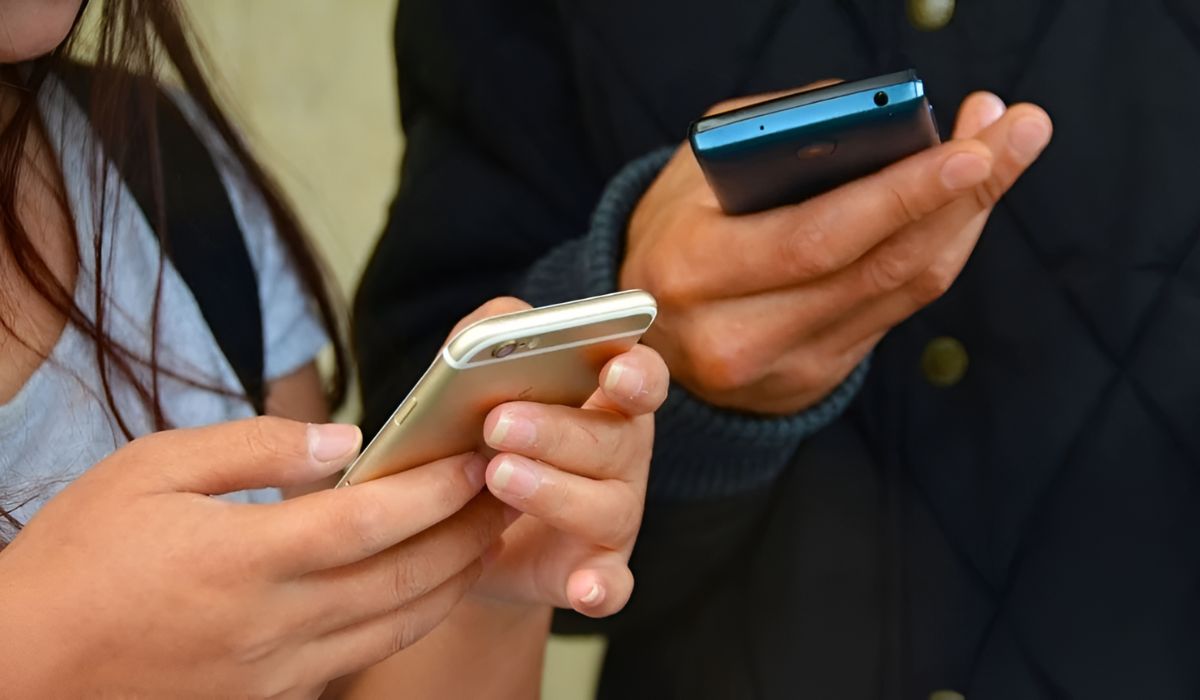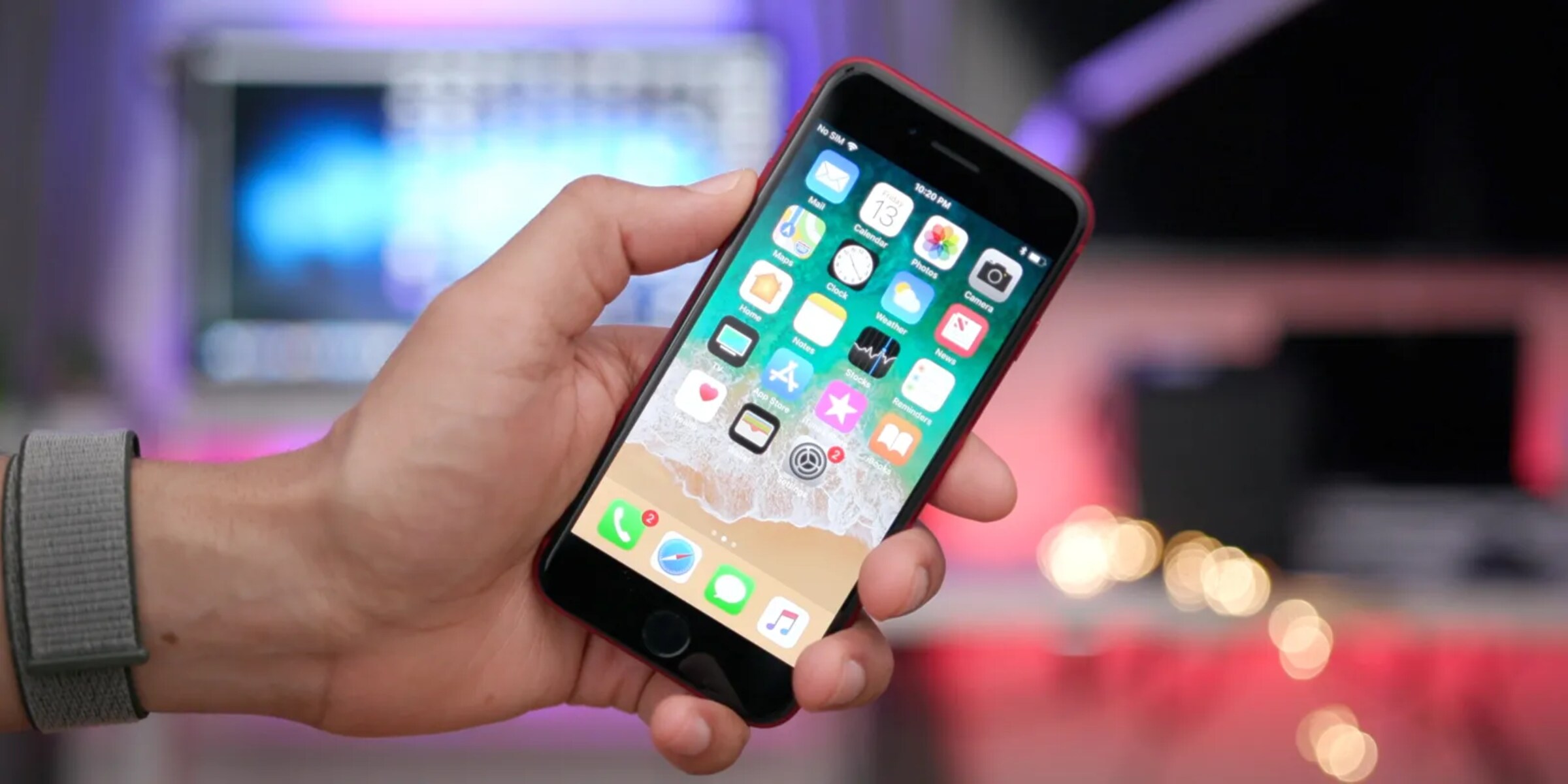Check your cellular signal strength
The first step in optimizing your iPhone hotspot speed is to check your cellular signal strength. The strength of your cellular signal directly impacts the performance of your iPhone hotspot. A weak signal can lead to slower speeds and a less reliable connection for devices tethered to your hotspot.
To check your cellular signal strength, simply look at the signal bars on your iPhone's screen. The more bars you see, the stronger your signal. However, keep in mind that the number of bars is a general indicator and may not always accurately reflect the true signal strength. For a more precise measurement, you can access the Field Test mode on your iPhone by dialing *3001#12345#* and pressing the call button. This will display a numeric value for your signal strength, measured in decibels (dBm).
If you find that your signal strength is consistently weak in certain areas, you may want to consider using a signal booster or a femtocell to improve your cellular reception. Additionally, positioning yourself closer to a window or in an open area can sometimes result in better signal reception.
By ensuring that you have a strong cellular signal before activating your iPhone hotspot, you can significantly improve the speed and reliability of your mobile hotspot connection.
Use the latest iPhone model
Using the latest iPhone model can have a substantial impact on the speed and performance of your hotspot. Apple continually introduces advancements in cellular technology, processor capabilities, and network connectivity with each new iPhone release. Upgrading to the latest iPhone model can provide several benefits that directly contribute to maximizing your hotspot speed.
The latest iPhone models are equipped with state-of-the-art cellular modems that support faster network speeds and improved signal reception. For example, the introduction of 5G technology in recent iPhone models has revolutionized mobile connectivity, offering significantly faster data transfer rates and reduced latency compared to previous generations. This means that when you use the latest iPhone model as a hotspot, you can leverage the enhanced capabilities of 5G networks, resulting in faster and more reliable internet access for connected devices.
In addition to advanced cellular technology, the latest iPhone models feature powerful processors and optimized hardware that can efficiently handle the demands of hotspot tethering. The improved performance and efficiency of the latest A-series chips enable seamless multitasking, allowing your iPhone to maintain high-speed hotspot connectivity while simultaneously running other apps and processes.
Furthermore, software optimizations tailored to the latest iPhone models ensure that the hotspot functionality operates at its full potential. Apple's ongoing updates and refinements to iOS include enhancements specifically designed to maximize the performance of the iPhone hotspot feature. By using the latest iPhone model, you can take advantage of these software optimizations, benefiting from improved hotspot stability, speed, and compatibility with a wide range of devices.
It's important to note that while older iPhone models can still serve as reliable hotspots, they may not offer the same level of performance and speed as the latest iterations. If you frequently rely on your iPhone hotspot for fast and consistent internet connectivity, upgrading to the latest iPhone model can significantly enhance your overall hotspot experience.
In summary, using the latest iPhone model for hotspot tethering presents a compelling opportunity to leverage cutting-edge cellular technology, powerful hardware, and optimized software, ultimately leading to improved speed, reliability, and performance for connected devices. If maximizing hotspot speed is a priority, considering an upgrade to the latest iPhone model is a strategic decision that can yield tangible benefits in the realm of mobile connectivity.
Limit the number of connected devices
When it comes to maximizing the speed and performance of your iPhone hotspot, one crucial factor to consider is the number of devices connected to the hotspot. While the iPhone is capable of supporting multiple simultaneous connections, each additional device places a greater demand on the hotspot's resources, potentially leading to a reduction in speed and overall performance for all connected devices.
By limiting the number of devices connected to your iPhone hotspot, you can effectively allocate more bandwidth and resources to each individual device, resulting in improved speed and a more stable connection. This proactive approach ensures that the available network capacity is optimized for a smaller group of devices, allowing them to experience faster data transfer rates and reduced latency.
When deciding on the optimal number of connected devices for your iPhone hotspot, it's essential to consider the bandwidth requirements of each device and the activities they will be engaging in. For example, streaming high-definition video or engaging in online gaming typically requires a higher bandwidth compared to casual web browsing or email access. By understanding the specific bandwidth needs of each connected device, you can make informed decisions about how many devices your hotspot can effectively accommodate without compromising speed and performance.
Furthermore, limiting the number of connected devices can also enhance the overall stability of your iPhone hotspot. Overloading the hotspot with an excessive number of connected devices can strain its resources, leading to potential connectivity issues and a degradation in speed for all users. By maintaining a reasonable limit on the number of connected devices, you can mitigate the risk of network congestion and ensure a more consistent and reliable internet connection for each device.
It's important to communicate with other users who may be connecting to your iPhone hotspot and establish guidelines for responsible usage. By setting clear expectations regarding the number of devices that can connect simultaneously, you can proactively manage the demands on your hotspot and maintain optimal performance for all users.
In summary, limiting the number of connected devices to your iPhone hotspot is a proactive strategy for optimizing speed, performance, and stability. By carefully managing the allocation of network resources and considering the specific bandwidth needs of connected devices, you can create an environment where each user experiences enhanced connectivity without sacrificing speed or reliability. This approach empowers you to make the most of your iPhone hotspot while ensuring a seamless and efficient internet experience for all connected devices.
Update your iPhone's software
Keeping your iPhone's software up to date is a fundamental step in optimizing the performance of your iPhone hotspot. Apple regularly releases software updates for iOS, the operating system that powers the iPhone, to introduce new features, enhance security, and improve overall system stability. By ensuring that your iPhone is running the latest version of iOS, you can leverage the benefits of performance optimizations and bug fixes that directly impact the speed and reliability of your hotspot connection.
When it comes to hotspot functionality, software updates play a critical role in addressing potential issues, refining network protocols, and implementing efficiency enhancements. These updates are designed to fine-tune the underlying mechanisms that govern the iPhone's hotspot feature, leading to improved data transfer rates, reduced latency, and a more seamless tethering experience for connected devices.
In addition to hotspot-specific improvements, iOS updates often incorporate advancements in wireless connectivity and network management. These advancements can have a direct impact on the performance of your iPhone hotspot, as they may introduce optimizations for Wi-Fi and cellular data transmission, resulting in faster and more stable connections for devices utilizing the hotspot.
Furthermore, software updates are essential for maintaining compatibility with the latest network standards and protocols. As cellular and Wi-Fi technologies continue to evolve, software updates ensure that your iPhone remains aligned with the latest industry standards, allowing it to take full advantage of advancements in network infrastructure and communication protocols. This alignment is crucial for optimizing hotspot speed and performance, as it enables your iPhone to effectively leverage the capabilities of modern networks and deliver an enhanced tethering experience.
By regularly updating your iPhone's software, you not only benefit from the latest features and security enhancements but also ensure that your iPhone hotspot operates at its full potential. Whether it's addressing underlying network optimizations, refining wireless connectivity, or adapting to industry advancements, software updates are a cornerstone of maintaining an efficient and high-speed hotspot experience.
In summary, updating your iPhone's software is a proactive measure that directly contributes to maximizing the speed and performance of your iPhone hotspot. By staying current with iOS updates, you can harness the power of performance optimizations, network enhancements, and compatibility improvements, ultimately elevating the overall tethering experience for both you and your connected devices.
Use the 5GHz band instead of 2.4GHz
When it comes to optimizing the speed and reliability of your iPhone hotspot, selecting the appropriate Wi-Fi band can have a significant impact on the overall performance. The iPhone is capable of broadcasting its hotspot signal on two distinct frequency bands: 2.4GHz and 5GHz. While both bands offer wireless connectivity, each has unique characteristics that can influence the speed, range, and interference susceptibility of your hotspot connection.
By default, many devices, including older smartphones, tablets, and laptops, tend to connect to the 2.4GHz band due to its widespread compatibility and longer range. However, when prioritizing speed and minimizing interference, leveraging the 5GHz band for your iPhone hotspot can yield substantial benefits.
The 5GHz band is known for its superior data transfer capabilities and reduced susceptibility to interference from other devices and wireless networks. With a broader range of non-overlapping channels and less congestion compared to the 2.4GHz band, the 5GHz frequency offers a more conducive environment for high-speed data transmission, making it an ideal choice for optimizing your iPhone hotspot speed.
In addition to its enhanced data transfer capabilities, the 5GHz band is well-suited for applications that demand high bandwidth and low latency, such as HD video streaming, online gaming, and large file downloads. By utilizing the 5GHz band for your iPhone hotspot, you can provide connected devices with a faster and more responsive internet experience, particularly when engaging in bandwidth-intensive activities.
It's important to note that the 5GHz band's shorter range may necessitate devices to be in closer proximity to the iPhone hotspot for optimal connectivity. However, this trade-off is often justified by the significant performance advantages offered by the 5GHz frequency, especially in environments where multiple wireless networks and devices are competing for bandwidth.
To ensure that your iPhone hotspot utilizes the 5GHz band, you can access the Wi-Fi settings on your iPhone and configure the hotspot to broadcast exclusively on the 5GHz frequency. By making this adjustment, you can proactively enhance the speed and reliability of your hotspot connection, providing a more efficient and responsive internet experience for all connected devices.
In summary, leveraging the 5GHz band instead of the 2.4GHz band for your iPhone hotspot represents a strategic approach to maximizing speed and minimizing interference. By capitalizing on the superior data transfer capabilities and reduced congestion of the 5GHz frequency, you can elevate the performance of your iPhone hotspot, delivering faster data transfer rates and a more seamless internet experience for all connected devices.
Keep your iPhone plugged in while using the hotspot
Ensuring that your iPhone remains plugged in while serving as a hotspot can significantly impact the speed and reliability of your mobile hotspot connection. When your iPhone is tethered to a power source, it not only maintains a consistent power level but also optimizes its performance for sustained hotspot usage.
By keeping your iPhone plugged in, you mitigate the risk of battery depletion during extended hotspot operation. A stable power supply allows your iPhone to operate at its full capacity, ensuring that the hotspot feature remains uninterrupted and consistently available to connected devices. This is particularly advantageous in situations where you rely on the hotspot for prolonged periods, such as during travel, remote work, or outdoor activities.
Moreover, maintaining a continuous power source can positively influence the thermal management of your iPhone. Extended hotspot usage can generate heat within the device, potentially leading to thermal throttling, a process where the device reduces its performance to prevent overheating. By keeping your iPhone plugged in, you mitigate the risk of thermal constraints, allowing the device to sustain optimal performance levels for the duration of hotspot tethering.
In addition to performance optimization, keeping your iPhone plugged in while using the hotspot ensures that the device remains fully charged for other essential tasks. This proactive approach safeguards against unexpected battery drain, preserving the iPhone's battery life for regular use once hotspot tethering is no longer required.
Furthermore, a consistent power supply enables your iPhone to allocate resources more efficiently, prioritizing the demands of the hotspot feature without compromising on power management. This ensures a seamless and uninterrupted internet connection for connected devices, as the iPhone can dedicate its resources to sustaining high-speed data transfer rates and reliable connectivity.
In summary, keeping your iPhone plugged in while using the hotspot is a practical strategy for optimizing performance, managing thermal considerations, and ensuring sustained availability of the hotspot feature. By maintaining a stable power source, you can enhance the speed, reliability, and longevity of your iPhone hotspot, providing a dependable and efficient internet connectivity solution for all connected devices.
Use a Wi-Fi extender or booster
In scenarios where maximizing iPhone hotspot speed is a priority, integrating a Wi-Fi extender or booster into your network setup can yield substantial benefits. These devices are designed to amplify and extend the coverage of an existing Wi-Fi network, effectively enhancing the reach and performance of your iPhone hotspot.
A Wi-Fi extender, also known as a range extender or repeater, functions by receiving the existing Wi-Fi signal from your iPhone hotspot and rebroadcasting it, effectively extending the coverage area. This amplification of the Wi-Fi signal facilitates improved connectivity for devices located farther away from the iPhone, ensuring that a wider range of devices can access the hotspot with enhanced speed and reliability.
Additionally, Wi-Fi boosters, also referred to as signal boosters or amplifiers, are engineered to strengthen the Wi-Fi signal transmitted by your iPhone hotspot, resulting in heightened signal strength and improved data transfer rates for connected devices. These devices work by capturing the existing Wi-Fi signal, amplifying it, and then transmitting the boosted signal, effectively enhancing the overall performance of the hotspot connection.
By integrating a Wi-Fi extender or booster into your network environment, you can address potential coverage gaps, signal attenuation, and performance limitations that may impact the speed and reliability of your iPhone hotspot. This is particularly beneficial in environments with complex layouts, multiple floors, or areas with significant signal interference, as the extender or booster can mitigate these challenges and create a more robust and expansive Wi-Fi coverage area.
Furthermore, Wi-Fi extenders and boosters are available in a variety of configurations, including plug-in models, standalone units, and mesh systems, offering flexibility in adapting to diverse network setups and user requirements. This versatility allows you to select a solution that aligns with the specific characteristics of your environment, such as the size of the area to be covered, the structural layout of the space, and the density of connected devices.
When strategically positioned within the network, a Wi-Fi extender or booster can effectively optimize the speed and performance of your iPhone hotspot, ensuring that connected devices experience enhanced connectivity and faster data transfer rates. This proactive enhancement of the Wi-Fi coverage area empowers you to create a more robust and reliable hotspot ecosystem, catering to the diverse connectivity needs of users across various locations within the coverage range.
In summary, incorporating a Wi-Fi extender or booster into your network infrastructure presents a strategic opportunity to optimize the speed and reliability of your iPhone hotspot. By leveraging the amplification and extension capabilities of these devices, you can overcome coverage limitations, strengthen the Wi-Fi signal, and deliver an enhanced internet connectivity experience for all connected devices, ultimately maximizing the utility and effectiveness of your iPhone hotspot.







